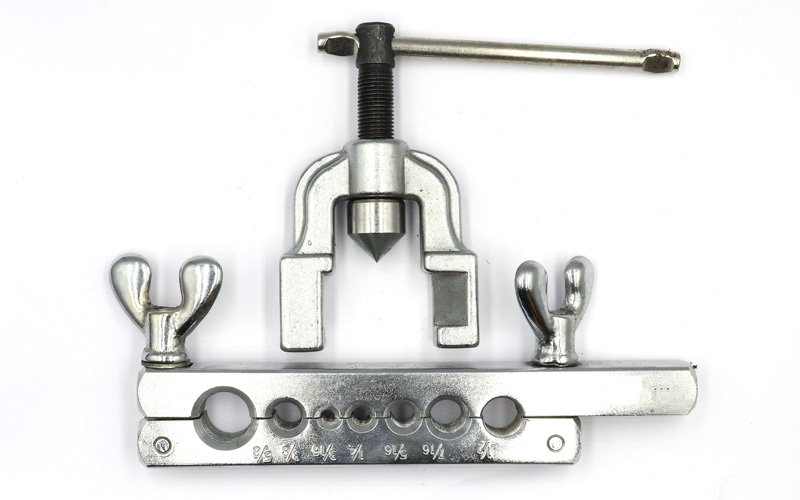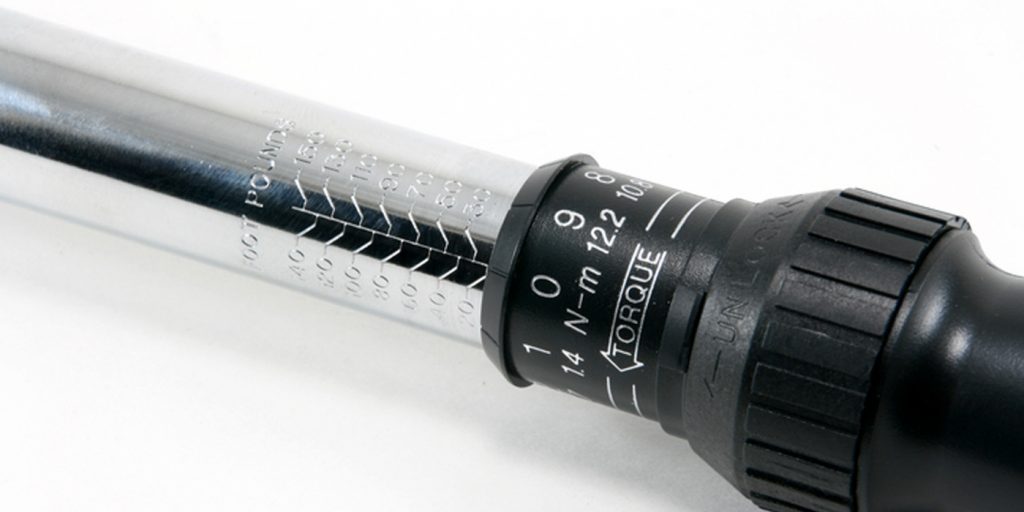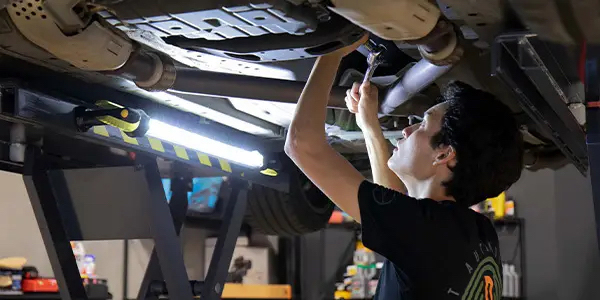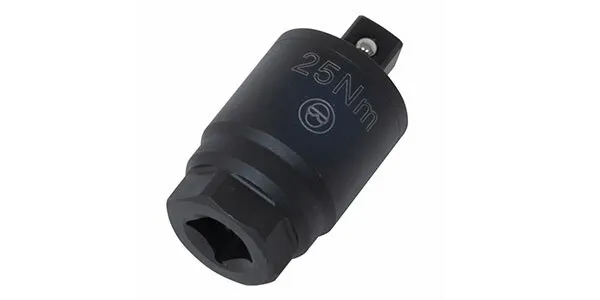Tools go hand-in-hand with parts sales. Like other accessory lines, we are sort of expected to stock a line of hand tools, as well as a modest assortment of specialty tools for our customer’s planned (or unexpected) needs. Increasingly, this expectation also includes the availability of loaner tools for specialized jobs that the DIYer cannot justify purchasing for a single repair. If you don’t have a tool program, you’re definitely missing out on some add-on sales, but you also might be losing significant DIY parts sales to your competitors that do.
Commercial customers generally don’t purchase tools from their local parts store, but when they do, it’s to fill an immediate need. Technicians make a living with their tools, and for the most part, they already have what they need to do the kinds of repairs they encounter every day. Their tools generally come from one (or more) of the tool trucks that visit their shop every week rather than the parts store they call daily. On those occasions that a tool is lost or broken, or a unique repair leaves them in need of a tool they don’t have right now, you are probably their first call. Preparing yourself for the DIY tool market also keeps you well-equipped to service many of your commercial customers’ tool requests.
The average DIYer has a fairly modest toolbox, filled with assorted hand tools likely sourced from a big-box home-improvement store or from the internet. They’re more likely to purchase reasonably priced individual items needed to accomplish a specific task (like a specialty socket, or a test light), but shy away from investing in more expensive items. This is where a loaner-tool program becomes an asset. It makes your store a one-stop shop for parts as well as the specialty tools required for installation, and reduces the chances of a parts customer visiting your competition to obtain products and services that you don’t carry.

To be perfectly clear, a loaner-tool program is NOT a rental program, and it does not generate income from the tools themselves. Customers pay the full retail price as a deposit, which is refunded completely upon return of the tool. If the tool isn’t returned within the specified time frame, or if it’s damaged through misuse or abuse, then the customer doesn’t receive their deposit back, and the transaction effectively becomes a sale. This is the only time a profit will be made directly from the loaner-tool transaction. Think of them as a loss-leader, like motor oil or your monthly specials. They’re just another way to get customers in the door, so they can buy the other products you offer.
Implementing a loaner program requires a significant initial investment, so the types of tools need to be chosen carefully. The loaner tools you choose to offer need to be in-demand and relevant to the sort of repairs a DIYer would tackle, as well being the sort of tools a DIYer might hesitate to purchase outright, due to their cost. For example, a $20 axle-nut socket might be necessary to complete a $100 CV-shaft replacement, but most customers would be comfortable paying for the socket outright. On the other hand, the $200 ball-joint press and adapter kit required to replace a $40 ball joint would be a hard-sell to anyone who doesn’t plan to use it frequently.
Loaner tools, if not selected for their popularity and demand, become yet another inventory expense that sits on a shelf and doesn’t turn a profit. When selected carefully (keeping in mind the parts sales that the availability of these tools can drive) a loaner-tool program can help you sell more parts. A separate inventory of common “non-loaner” tools will help drive parts sales as well, but also directly generate profits when they’re sold as add-on items.













